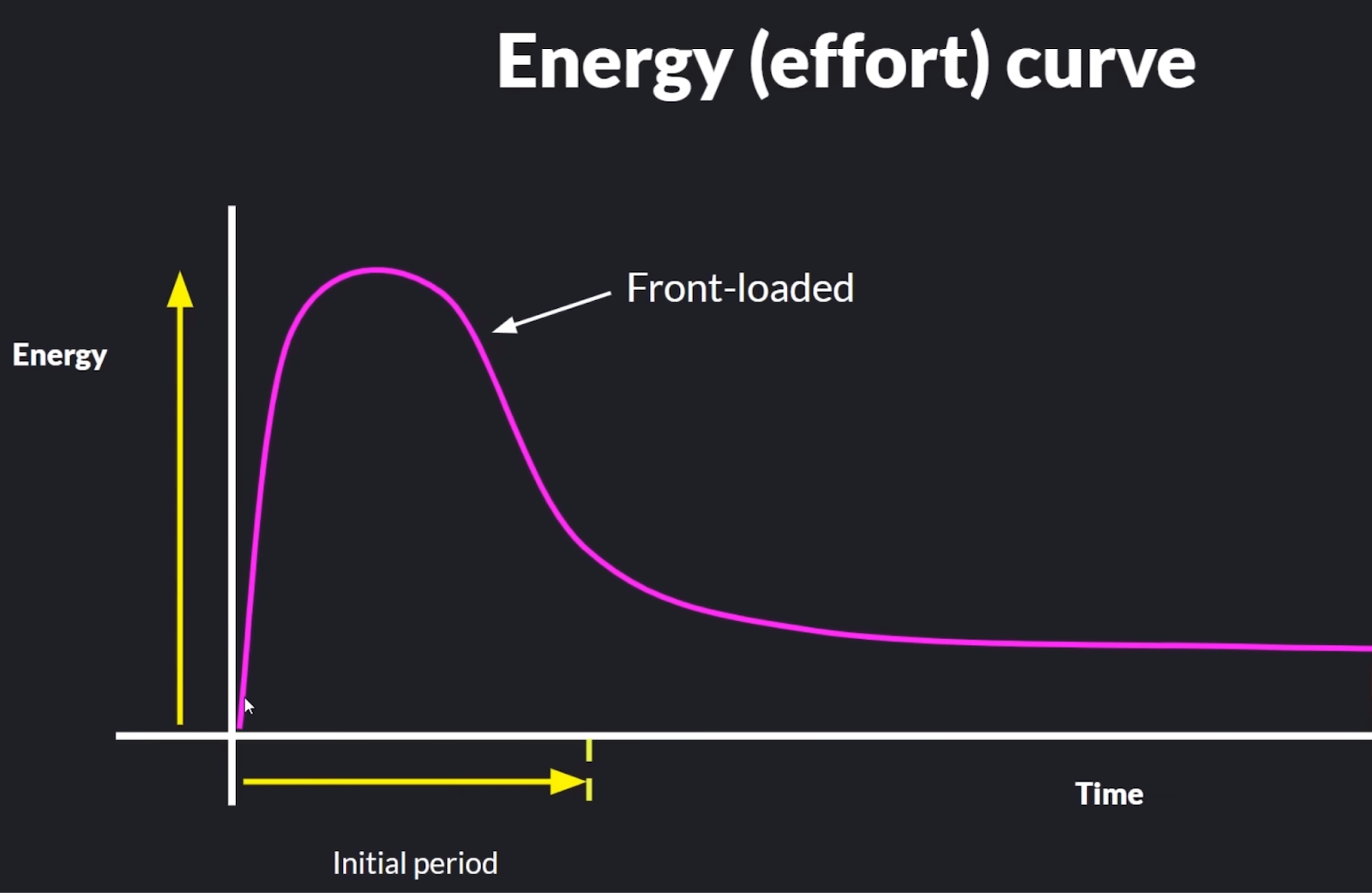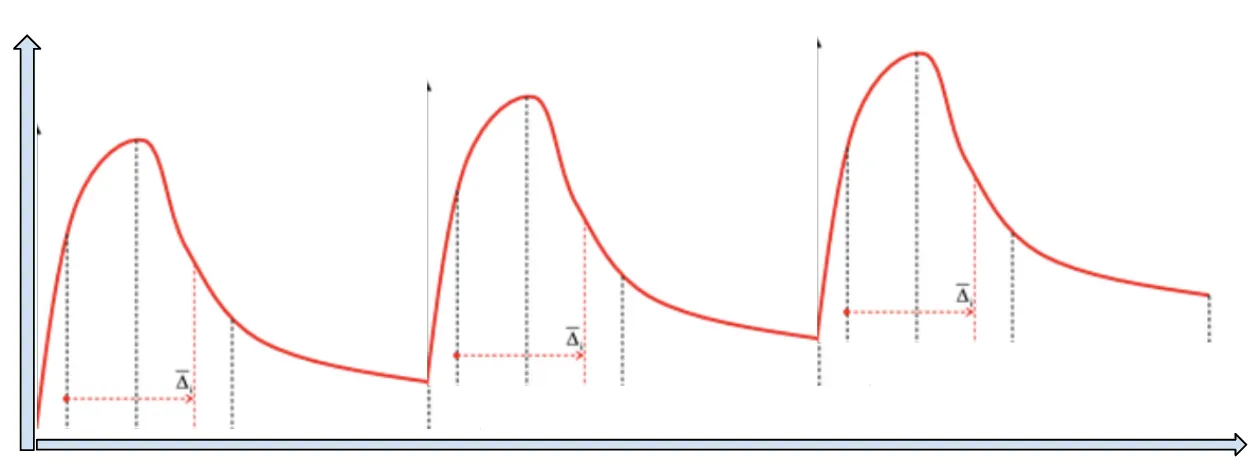Ideas Hell and a potential solution
published: February 11, 2025
tags:
ideas |
project-management |
get-sh*t-done |
reading time: 4 minutes
Ideas are like a drug - they give you a high and get you excited. The execution element though tends to be hard labour so as the initial burst of energy fades I give up on the idea and jump onto the next one like an addict in pursuit of his next fix.
The graveyard is the richest place on earth, because it is here that you will find all the hopes and dreams that were never fulfilled, the books that were never written, the songs that were never sung, the inventions that were never shared, the cures that were never discovered, all because someone was too afraid to take that first step, keep with the problem, or determined to carry out their dream. - Les Brown
Ideas hell is when I’m stuck in a loop moving from one idea to the next without any substantial implementation to show for it.
What I need to do is work on one idea at a time, understanding that they must be processed in a queue: first-in-first-out. A great approach is Project Staggering, where you sprint to get a project deployed and then spend time figuring out the maintenance tasks. Once the project is stable you can start working on the next one.
How many people are in the air right now?
John Dow response under The Guardian’s Notes and Queries section says:
It’s a lot. Boeing used to advertise that a Boeing jet is taking off or landing somewhere in the world every two seconds. We can assume then that a minimum of one flight per second starts somewhere in the world. At an average of 100 passengers per flight, we have 360,000 passengers aloft per hour, if flights average one hour at least. If we allow for Eastern Bloc countries, turboprops and GA aircraft, this figure could well triple. That would put the number of people in the air at any one time at over a million.
But the airplanes didn’t take-off at the same time!
If we think of each airplane as a project, this means there’s a take-off order that allows us to juggle multiple projects.
The reality
The reality is that most projects or life quests demand significant efforts, focus and concentration. Most of us go wrong by trying to do too many things at once.
Our approach is like trying to get over a million people into the air at the same time.
We tend to be stuck here:
“If I spend 100% of my energy on this, I’ll never work on other projects.”
or
“Staying small will never get me to my goal!” (i.e. trying to work on your project for 5 minutes each day)
Front-loaded energy curves
Lucky for us the energy that we need to exert to a project tends to look like this:

This front-loaded energy curve shows how to get a project to take-off requires an immense amount of effort upfront. Most of us fall off in the initial period. But we can relate this to starting a job:
- You need to figure out who do you ask for what.
- Where departments are.
- Standard operating procedures (SOPs).
- How systems work.
But over time there’s a shift and you feel a lot of the tasks can be done on autopilot:
- Habits start to embed in your mind.
- It becomes an unconscious process.
- The effort exerted starts to feel like it’s dropping.
This is the way I want to think about projects this year
I am a air traffic controller that needs to facilitate the take-off of multiple planes but one at a time. As a Developer this means:
- Ensure the design is scalable
- Will the infrastructure be able to scale to handle an increase in traffic and growing User needs?
- The User interface design. Is there room to add new sections, pages, buttons etc. for requested features?
- Designing the code base to ensure it is easy to extend to add new features.
- Quality assurance measures e.g. testing. This can make it easier to add code without breaking things.
- Documentation. All key components of the project should have documentation of some sort.
- The source code
- Development processes
- Tooling - these days I like to even add notes on tools so there is a resource to use if I ever get stuck or forget that one useful command.
Accumulation of projects over time

Courtesy of Andre Knol